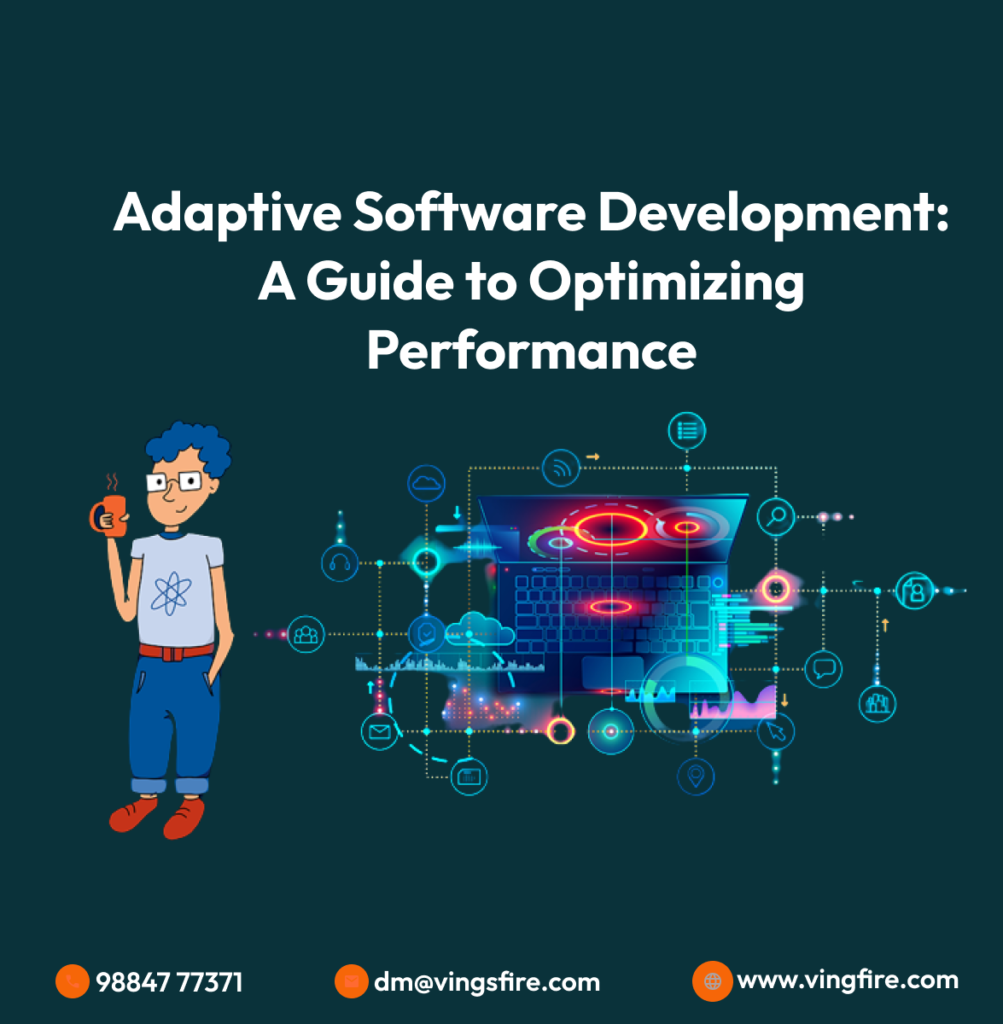
Introduction: In the fast-paced world of software development, the need for adaptive methodologies is more critical than ever. Adaptive Software Development (ASD) stands out as a flexible and responsive approach in an industry marked by rapid change. This comprehensive guide delves into the principles, methodologies, and best practices of ASD to help optimize performance in software development projects.
Chapter 1:
Understanding Adaptive Software Development Adaptive Software Development (ASD) is a dynamic approach emphasizing flexibility, collaboration, and continuous improvement. Recognizing the inherent complexity and uncertainty of software projects, ASD provides a robust framework for effectively adapting to change.
Chapter 2:
Key Principles of Adaptive Software Development ASD is guided by key principles such as prioritizing collaboration over contract negotiation, embracing change, delivering working software iteratively, and focusing on individuals and interactions. Adhering to these principles allows teams to navigate the challenges of software development with agility and resilience.
Chapter 3:
The Adaptive Lifecycle The ASD lifecycle is iterative and incremental, contrasting with traditional waterfall methods. Key phases—envisioning, speculating, exploring, and adapting—emphasize continuous feedback, learning, and adaptation, ensuring the project remains aligned with evolving requirements.
Chapter 4:
Agile Practices within Adaptive Software Development ASD integrates Agile methodologies like Scrum, Kanban, and Extreme Programming (XP). These practices offer frameworks for collaboration, prioritization, and continuous improvement, enhancing the adaptability and responsiveness of ASD projects.
Chapter 5:
Adapting to Change A hallmark of ASD is its ability to swiftly and effectively adapt to change. Whether facing shifting requirements, evolving technologies, or unforeseen challenges, ASD empowers teams to respond proactively, adjusting their approach to maintain progress and innovation.
Chapter 6:
Optimizing Performance with ASD ASD’s adaptive nature is ideal for optimizing software development performance. Continuous evaluation and process adjustment help identify bottlenecks, streamline workflows, and boost efficiency. Emphasizing collaboration and communication fosters a culture of innovation and problem-solving, further enhancing performance.
Chapter 7:
Case Studies and Success Stories This chapter showcases real-world applications of ASD through case studies and success stories. From startups to large enterprises, these examples highlight the transformative impact of ASD on software development outcomes, demonstrating its versatility and effectiveness.
Chapter 8:
Implementing ASD in Your Organization For organizations adopting ASD, this chapter provides practical implementation strategies, team structures, and cultural considerations. Creating a supportive environment that values adaptability and continuous improvement is crucial for successfully implementing ASD.
Conclusion:
Adaptive Software Development is a paradigm shift in software development, offering a flexible and responsive approach to managing complex projects. By embracing change, prioritizing collaboration, and focusing on continuous improvement, ASD empowers teams to optimize performance and deliver value in a dynamic environment. As organizations navigate the evolving landscape of software development, ASD serves as a guiding light, leading the way to innovation and success.
